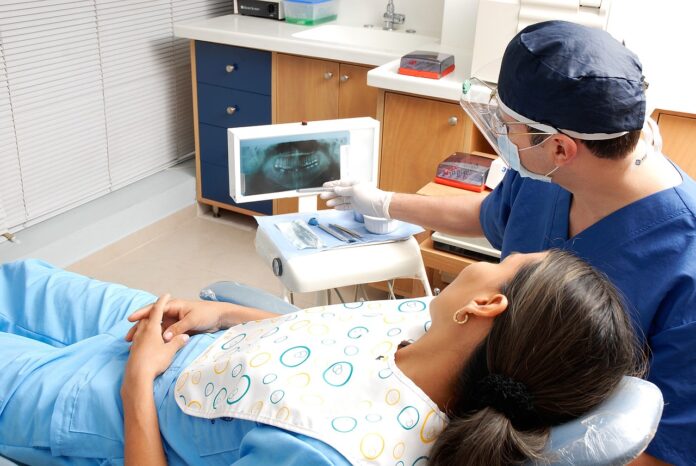For many in BC, going to the dentist is still a scary and costly venture.
68.5% of BC residents (or over two-thirds) have seen a dental professional over the past 12 months – the highest rate among all the provinces according to the 2022 Canadian Community Health Survey from Stats Canada.
In addition, nearly one-quarter (24.8%) of residents avoided going to the dentist in the past 12 months due to cost.
Dr. Robert Wolanski is the President of the BC Dental Association stated to Vista Radio in an interview, dentists often must play the role of a psychiatrist to ease the anxiety of patients who need work done.
“Fear is a real big piece in people not showing up to the office. There are issues that other people have such as embarrassment where they feel that someone comes in and they haven’t had any dental work in many years and feel embarrassed. What I often say is don’t feel embarrassed we are not here to judge; we are here to help you.”
“We work hard to be able to get those people into a healthy situation in terms of pain and infection but also to improve their appearance where they have the confidence to even just do an interview. Dentists do a lot of work in other areas where people have struggled in the past.
Dr. Wolanski is the owner of his Nanaimo-based practice Lakeside Dental Clinic – an operation that has been around for over three decades.
He noted some cases of anxiety from patients can get quite extreme, prior to performing any sort of procedure.
“I provide intravenous sedation for highly anxious and nervous patients. I see the most terrified of the most terrified in my city of Nanaimo. The skill set that dentists have in terms of trying to alleviate that is critical because if you don’t and they have a poor experience, they will not come back.”
“It’s what we do all day. In fact, I had a patient that I have seen for many years, but she is in a situation where she is struggling, and I spent probably 45 minutes just talking about mental health issues and other things that we could help her with not related to dentistry – we do a lot of that.”
According to the report, nearly one-quarter (24.8%) of those living in our province avoided going to the dentist in the past 12 months due to cost.
First Nations people living off-reserve also reported that cost was a barrier to seeing a dental professional.
Wolanski stated our Indigenous population was covered by the federal dental benefit program called NIHB – None Insured Health Benefit Program – an initiative that was considered less than ideal.
“The First Nations Health Authority is now administering a plan through Pacific Blue Cross and the plan is much better and more normalized insurance plan. This does not exist in the rest of Canada. If you go to the territorial areas, 50-85% of patients that a dentist sees are still covered under the NIHB.”
“BC is very unique in that program and that is of great assistance to the First Nations population of this country.”
Furthermore, nearly 60% of BC residents have private dental insurance while 30.5% do not.
Wolanski and the rest of his colleagues are in full support for a new national dental insurance plan assisting some of our most vulnerable.
“We want to make sure that the program focuses on the most vulnerable people. We want to make sure the program doesn’t impact the existing dental plans that two-third of Canadians have access to. That would not be a helpful thing.”
“All presidents of all dental associations across the country are signatories to a letter we recently sent out to the MP’s stating that we were supportive of that. A well-designed program can certainly help with the most vulnerable people, and these would be those nine million we are talking about.”
The federal government is planning on rolling out the initiative, which will cover up to nine million Canadians with a family income of less than $90,000.
The deal is expected to begin before the end of this year for children under the age of 18, people with disabilities along with seniors.
It is anticipated to be rolled out in full by 2025.


